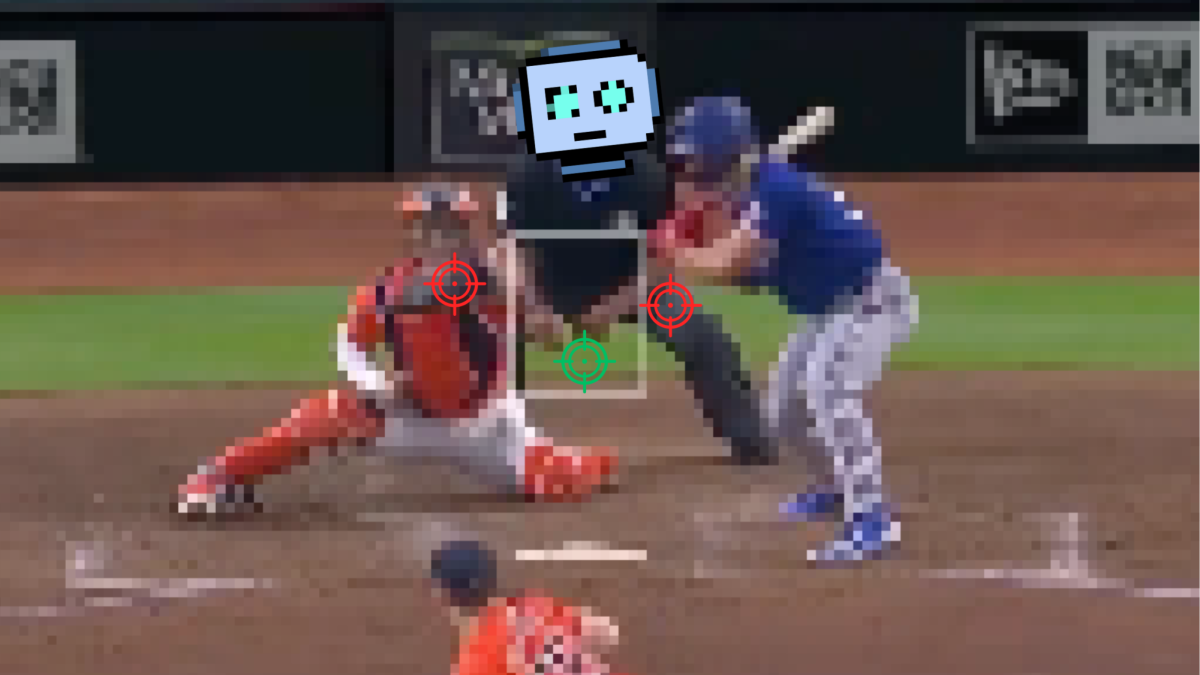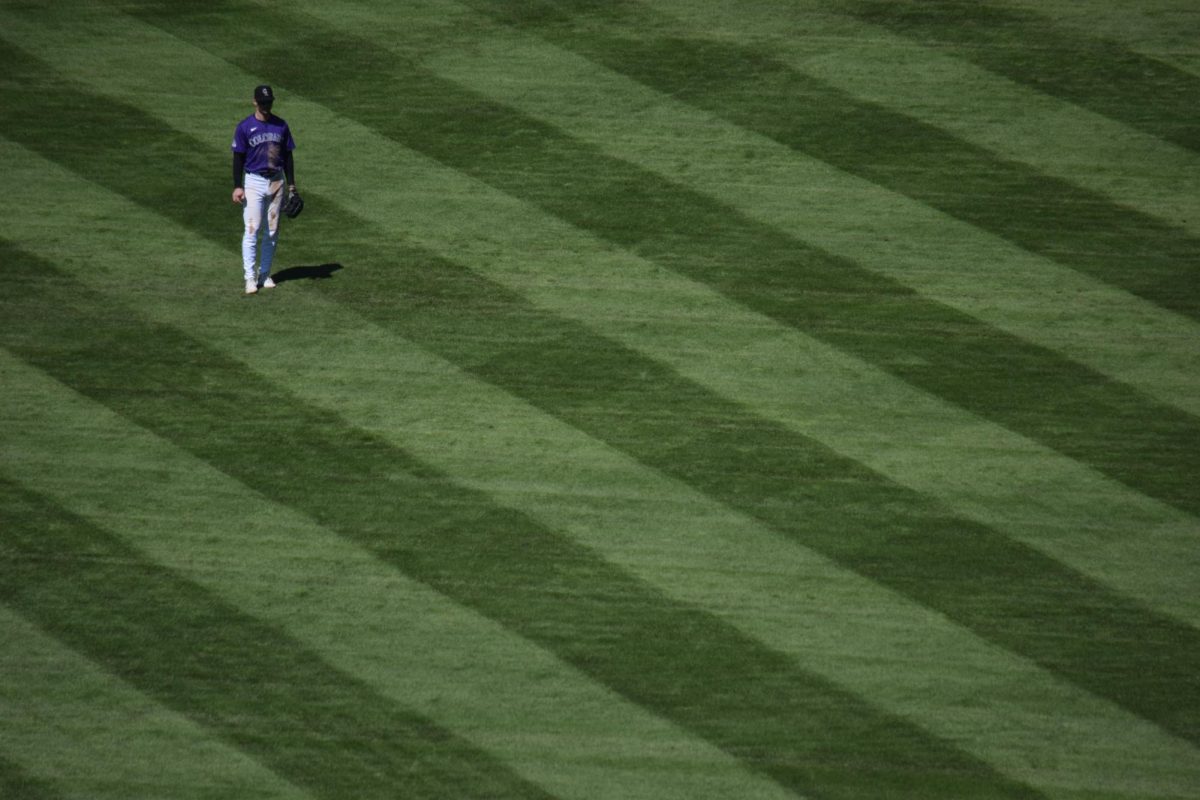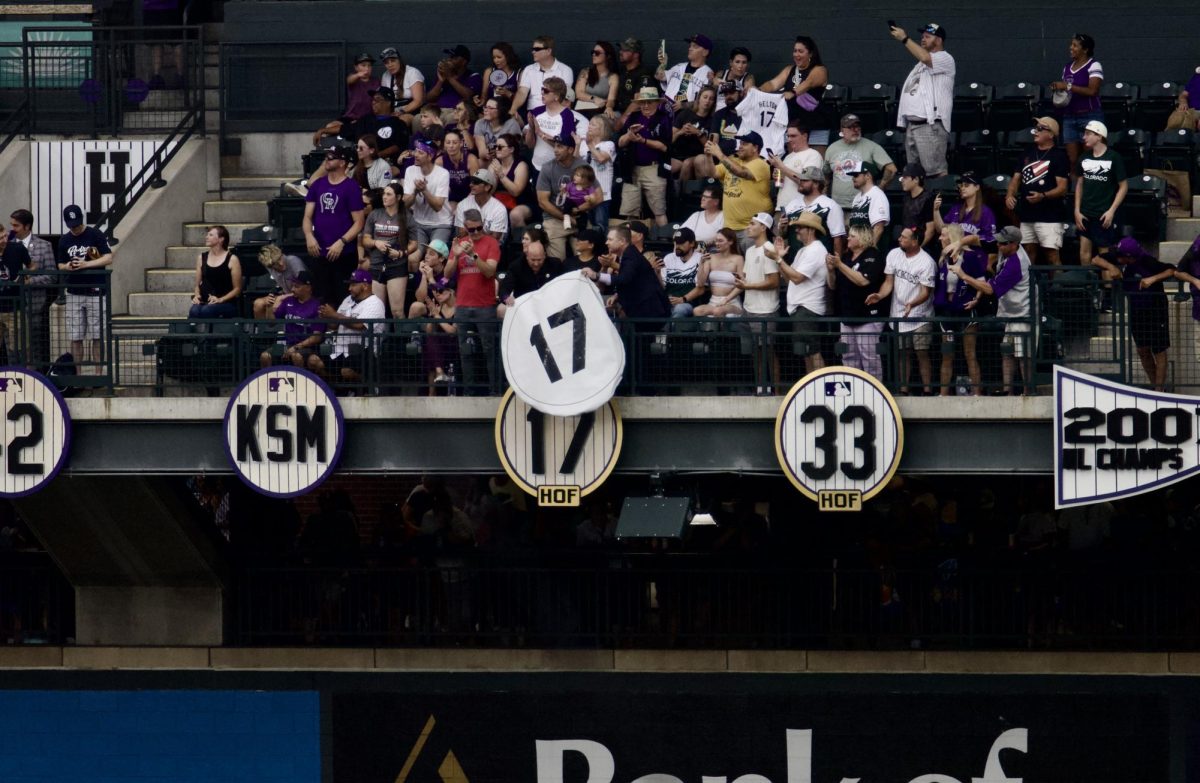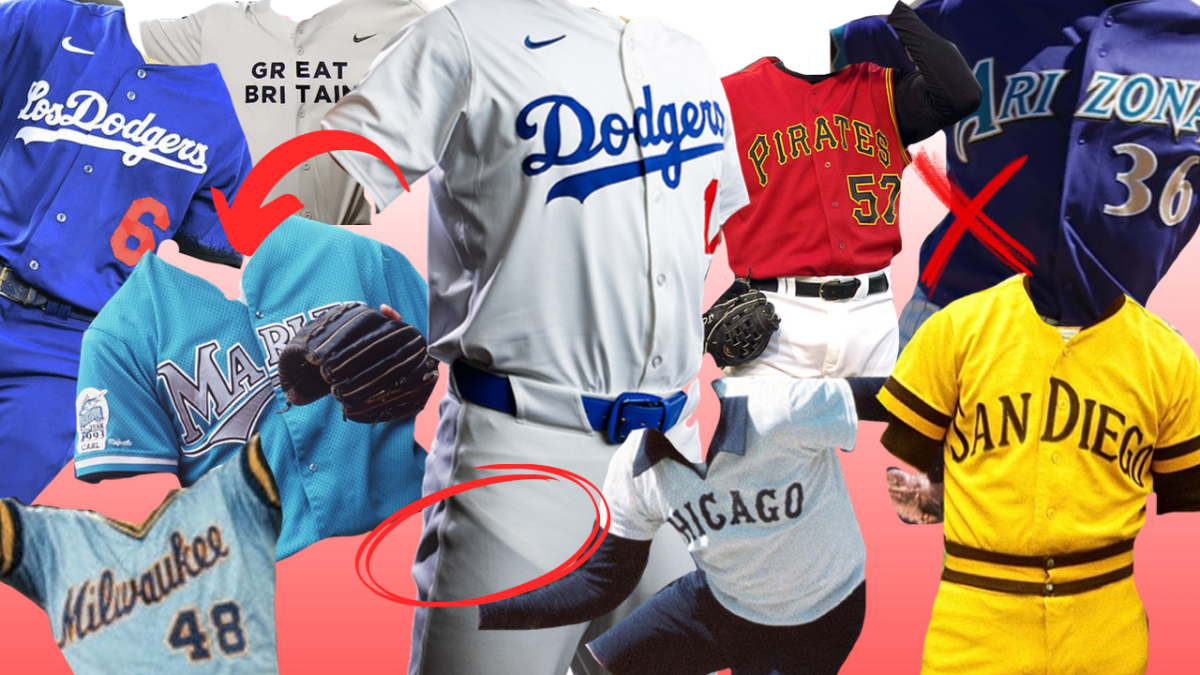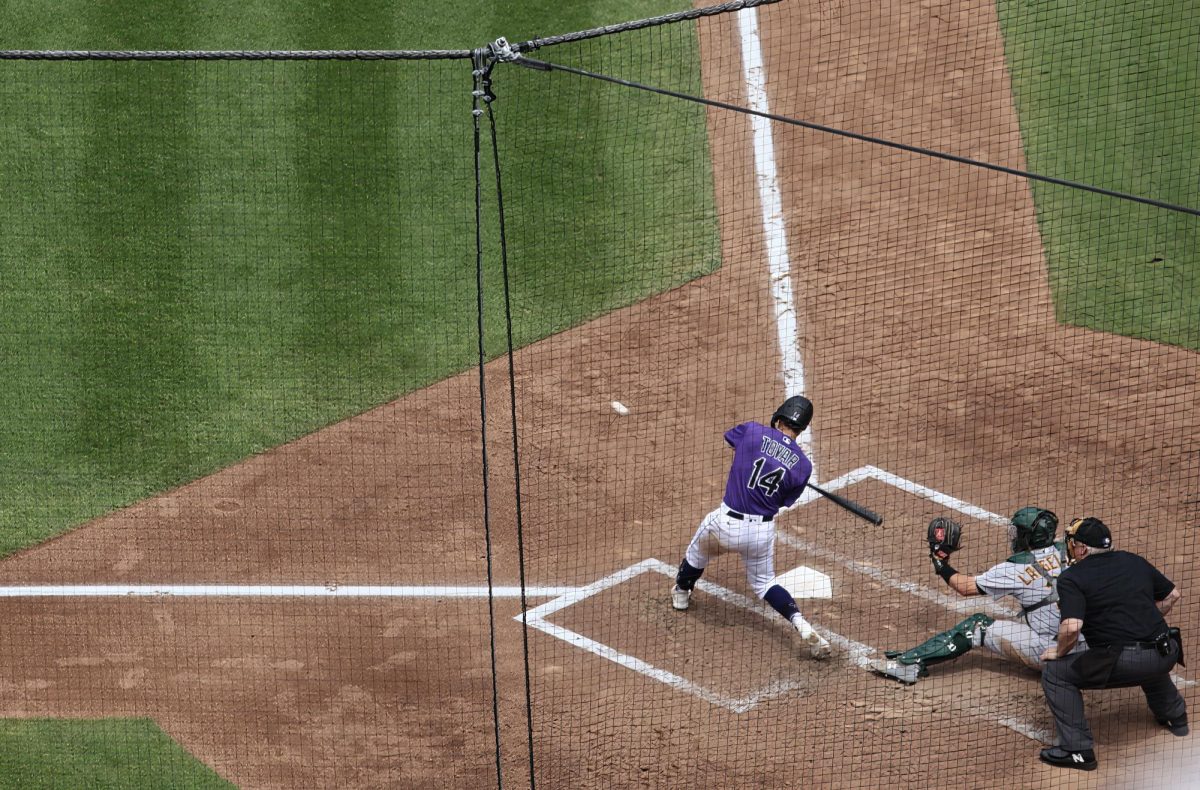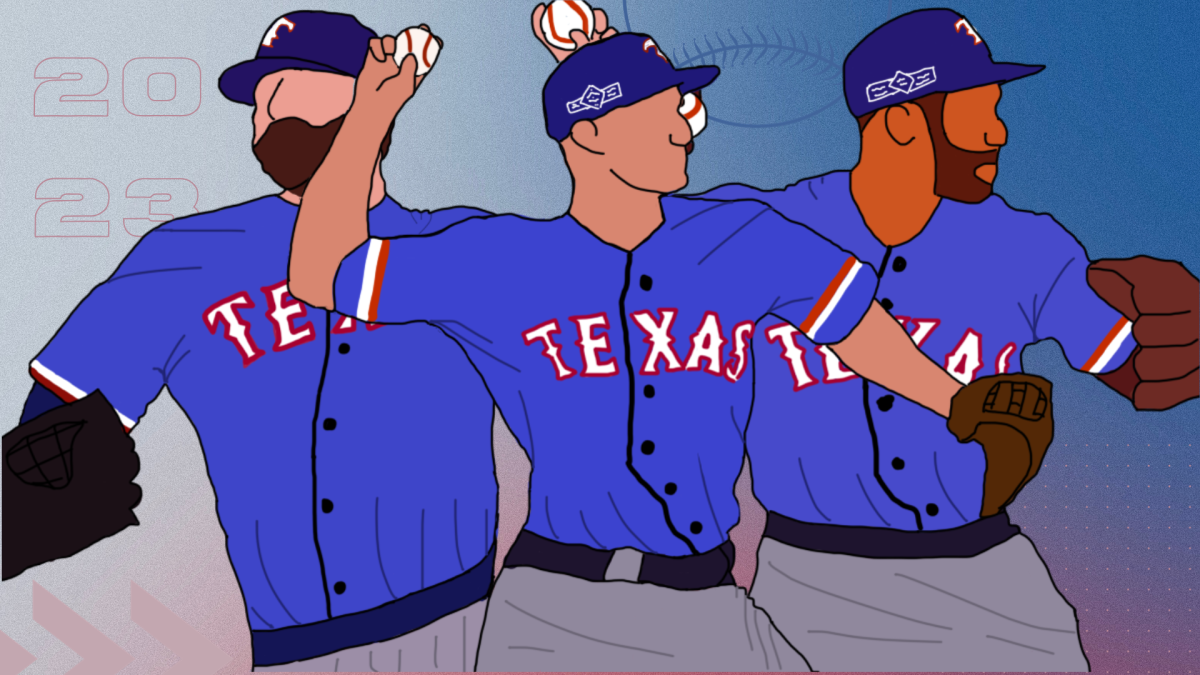“Robotic umpires” have been teased as a new feature of the MLB, and it could become a reality as early as 2026. Proposed versions could entirely remove umpires. Though we like to think of a futuristic C3PO standing behind the catcher, in reality it’s a system that spans entire baseball fields; cameras with ball tracking would digitally call pitches – its official name is Automated Ball-Strike system.
Call it a robo-ump. Call it ABS. Call it whatever you want. But keep it out of baseball.
First and foremost, automation takes away from a huge part of the art of catching: framing.
Framing, put simply, is using a human umpire’s lack of robotic perfection to lie and deceive. Don’t worry though – it’s not malicious, it’s just a fun part of the game.
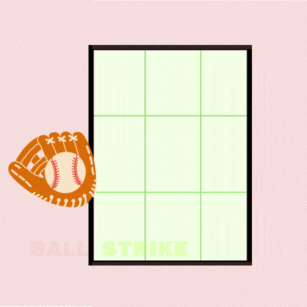
With flicks of the wrist and smart glove placement, catchers can make pitches outside of the zone look like borderline strikes. Though these little calls may make small impacts for at-bats here and there, they build up over time; it’s a crucial stat.
The catcher in baseball has a difficult job. Physically, it requires heavy gear, maintaining a taxing stance behind the plate, and playing a part in every single pitch. Mentally, it’s a whole new ball game. Backstops have to know the hitters, know their own pitchers, and call the best pitches while paying attention to baserunners. Because of this, catching is considered the most difficult position according to FanGraphs.
This means that catchers aren’t expected to hit as powerfully or create as many runs as first basemen or the designated hitter – because they have other ways of making up that gap.
Catcher Jonathan Lucroy played an amazing framing season in 2011, the best in the century so far, where he saved an estimated 42.4 runs for his Milwaukee Brewers. After all, “a run saved is a run earned,” said every youth baseball coach ever.
With ABS, the baseball is digitally tracked, marking framing as redundant.
Beyond runs, you can even see these stats in Wins Above Replacement, or WAR, which measures how many wins a player has gotten for their team compared to the average MLB player.
Lucroy’s WAR according to Baseball Reference (rWAR) is 17.7, while FanGraphs (fWAR) puts him at 35.2. The difference is that fWAR, unlike rWAR, includes framing in their calculations. These statistics say that Lucroy earned almost 18 extra wins in his career just with his framing skills. With ABS, the skills needed to be the catcher and their contributions will be cut out of the game.
While the DH or first baseman produces runs by hitting for power, catchers can create runs by framing pitches.
Almost as importantly, baseball is the most historic game in this country – and umps have been there from the start. It has roots back into the early 19th century – do you think they had stadium cameras and Hawkeye pitch tracking back then? We haven’t needed ABS for the last 150 years, and we won’t need it for the next.
Sure, there are ump call controversies sometimes. I think we can all relate to Kyle Schwarber absolutely losing his mind on Angel Hernandez (of course it was Angel Hernandez). Bad ball-strike calls happen – but what’s the game without a little controversy? Any sport has a storied past of those. What’s basketball without the 1972 USSR vs. USA Olympic scandal? What’s football without Tom Brady’s deflategate?
We may feel the anger in the moment, but these moments of umpire foolishness certainly solidify the game’s lore as America’s Pastime.
Why should this be the time to implement this invention? Umps are more accurate than they ever have been. Younger guys like John Libka and Pat Hoberg are far better than those like Larry Diaz and Brian O’Nora, who have been around a while. And because the vets are phasing out after 20+ year careers, the game makes more room for fresh, skilled umpires.
The solution, of course, is challengeable calls, where teams get one or two chances a game to challenge a ball or strike call. It’s already being tested alongside robo-umps in spring training.
ABS could be the key to the quest for a flawlessly called game – but it dehumanizes baseball, the sport that existed before robots ever did. Next time you watch Diaz obliviously call a strike on a pitch four feet outside the zone, just remember that guys like Libka are putting together amazing seasons full of smart, accurate games – they would lose their jobs to robo-umps. So you can laugh at Hernandez. But I don’t think we should fire Libka.

